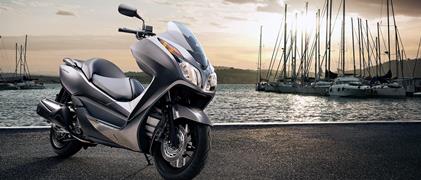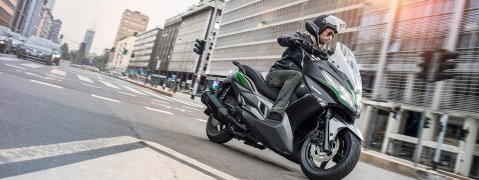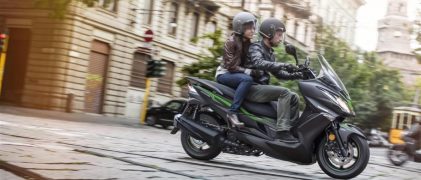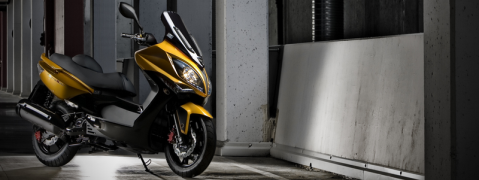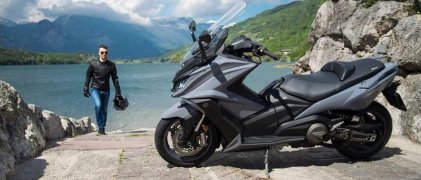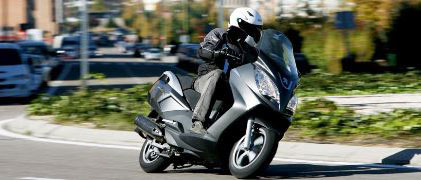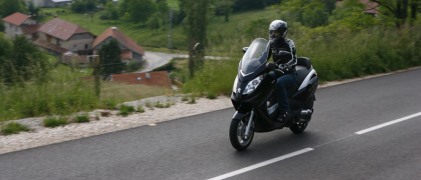 Kawasaki J300 - Owner's Manual > Filling the Tank
Kawasaki J300 - Owner's Manual > Filling the Tank
Avoid filling the tank in the rain or where heavy dust is blowing so that the fuel does not get contaminated.
WARNING
Gasoline is extremely flammable and can be explosive under certain conditions, creating the potential for serious burns. Turn the ignition switch off. Do not smoke.
Make sure the area is well ventilated and free from any source of flame or sparks; this includes any appliance with a pilot light.
Never fill the tank completely to the top.
If the tank is filled completely to the top, heat may cause the fuel to expand and overflow through the vents in the tank cap.
After refueling, make sure the tank cap is closed securely. If gasoline is spilled on the fuel tank, wipe it off immediately.
NOTICE
Never fill the tank so the fuel level rises into the filler neck. If the tank is overfilled, heat may cause the fuel to expand and flow into the Evaporative Emission Control System resulting in hard starting, engine hesitation and non-compliance with the emission regulation.
- Open the fuel tank cap cover by pushing the knob down.
- Insert the ignition key into the fuel tank cap, and turn the key clockwise to open the fuel tank cap.

- Fuel Tank Cap Cover
- Knob
- Ignition Key
- Fuel Tank Cap
- Triangle Mark
- Remove the fuel tank cap.
- Add fuel.

- Filler Neck
- Bottom of Filler Neck (Maximum Fuel Level)
NOTE
- Do not exceed the maximum fuel level as shown.
- Push the fuel tank cap down into place with the key inserted so that the triangle mark faces forward.
- The key can be removed by turning counterclockwise to the original position.
- Close the fuel tank cap cover.
NOTICE
Never fill the tank completely to the top.
If the tank is filled completely to the top, heat may cause the fuel to expand and overflow through the vents in the tank cap.
After refueling, make sure the tank cap is closed securely.
If gasoline is spilled on the fuel tank, wipe it off immediately.
NOTE
- The fuel tank cap cannot be closed without the key inserted, and the key cannot be removed unless the cap is locked properly.
- Do not push on the key to close the cap, or the cap cannot be locked.
See also:
 Kawasaki J300 - Owner's Manual > Fuel Requirements
Kawasaki J300 - Owner's Manual > Fuel Requirements
Your Kawasaki engine is designed to use only unleaded gasoline with a minimum octane rating shown below. Never use gasoline with an octane rating lower than the minimum specified by Kawasaki to prevent severe engine damage.

